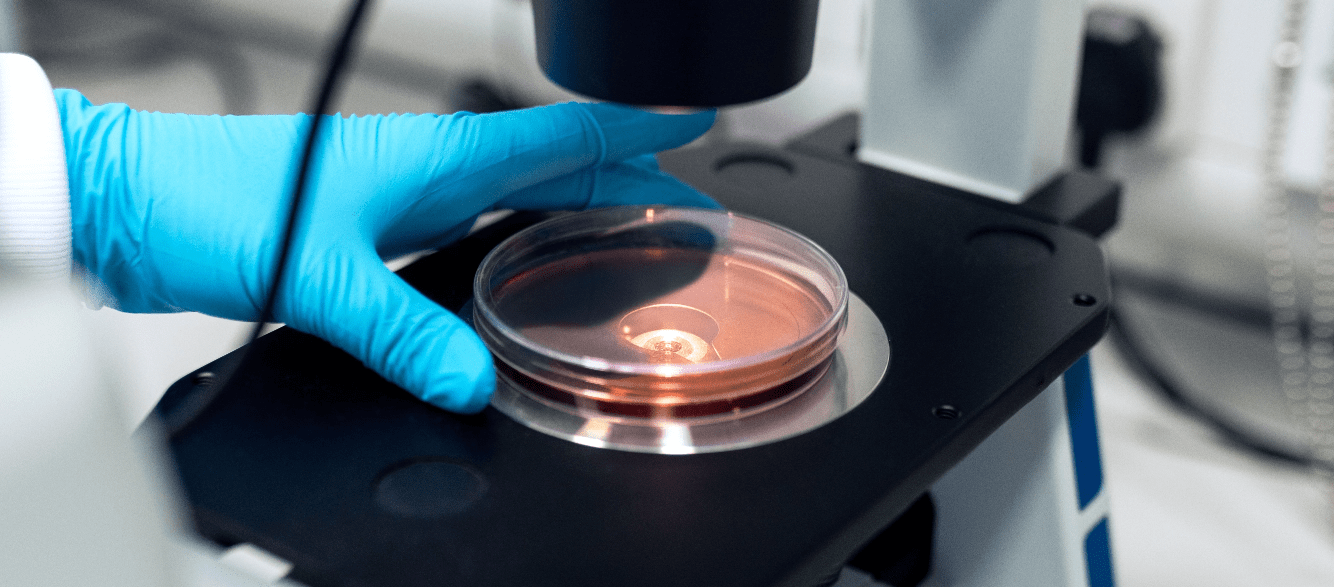What Is A Kidney Biopsy?
A kidney biopsy is a procedure where a tissue sample is obtained from the kidney with a needle. The test is done for patients with decreased kidney function, those with blood or protein in the urine, and for kidney transplant patients. Microscopic examination of the tissue will provide information for diagnosing and treating kidney disease.
How Is A Kidney Biopsy Performed?
A native kidney biopsy is performed while the patient is awake, usually in a prone position (on the stomach). The doctor will locate the kidney under ultrasound guidance and make a mark on the skin at the biopsy site. After giving local anaesthesia to numb the skin and tissue at the biopsy site, the doctor will instruct the patient to take a deep breath and to hold his/her breathe as the biopsy needle is guided into the kidney. The doctor will obtain a small piece of the kidney tissue using a biopsy needle. After the needle is removed from the biopsy site, the patient can continue to breathe normally. Usually, only one kidney is biopsied and generally two to three pieces of kidney tissues are obtained. For transplant kidney biopsy, the procedure is nearly the same, except that the patient will be asked to lie supine (on the back) and the patient will not be asked to hold his/her breath.
What Happens Before A Kidney Biopsy?
A few days before the biopsy, the patient will undergo blood tests to check on his/her bleeding tendency and to store the patient’s blood for transfusion in case of emergency. The biopsy itself may be done as a day procedure or while the patient is admitted. If the patient is taking blood thinners, anti-platelet agents or pain killers such as non-steroidal anti-inflammatory drugs (NSAIDs), he/she needs to inform the doctor in advance. The doctor will advise if biopsy is recommended for the patient and if there are any medicines that needs to be stopped before the biopsy. On the day of the biopsy, the patient should eat a light meal and take his/her usual medicines, unless advised otherwise.
What Are The Complications Of A Kidney Biopsy?
Major complications after a kidney biopsy are uncommon, but include persistent macroscopic haematuria, large hematoma and major bleeding requiring blood transfusion, intensive care unit admission, and surgical interventions to control the bleeding. The doctor will discuss the risks with the patient in detail and obtain informed consent before the procedure.
What Happens After A Kidney Biopsy?
The patient should lie on his/her back for at least six hours. The patient will be monitored carefully for bleeding or pain after the biopsy and will receive appropriate treatment, as needed, should any complications arise. After the biopsy results are available, the doctor will discuss the results of the kidney biopsy and recommend the appropriate treatment. The patient will be given medications for pain where appropriate. On discharge, the patient should refrain from straining and exercise for 2 weeks.
References
1. Pombas B, et al. Kidney Blood Press Res. 2022; 45(1): 122-130.
2. Korbet SM, et al. Am J Nephrol. 2014: 39(2): 153-62.



